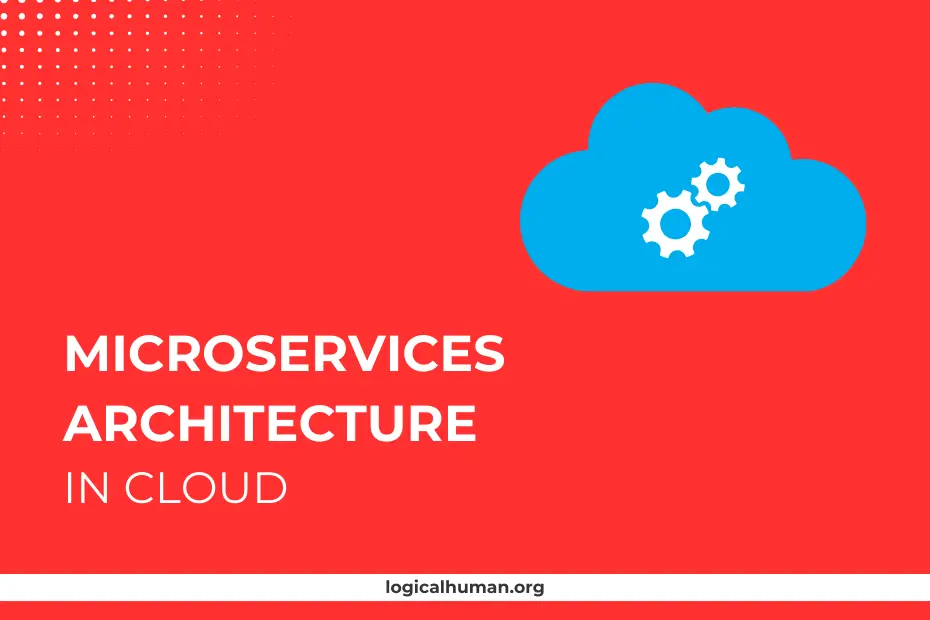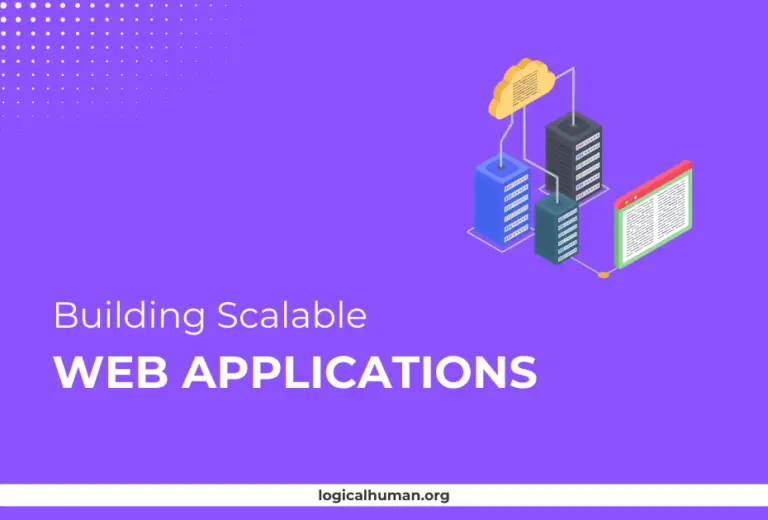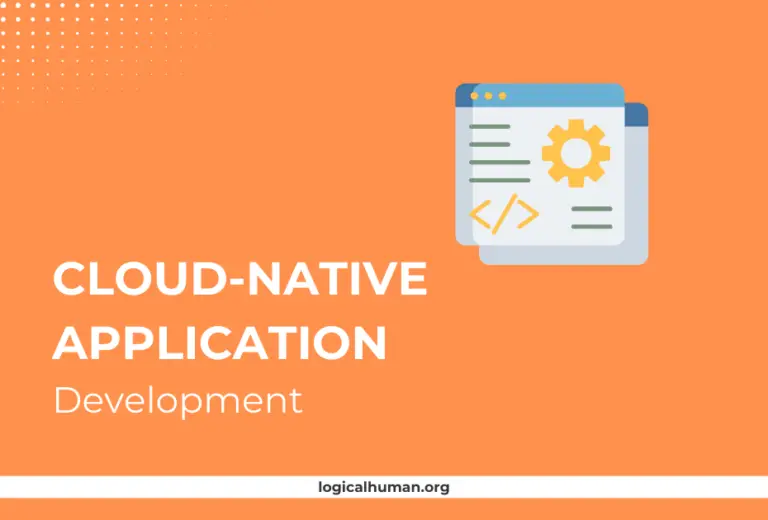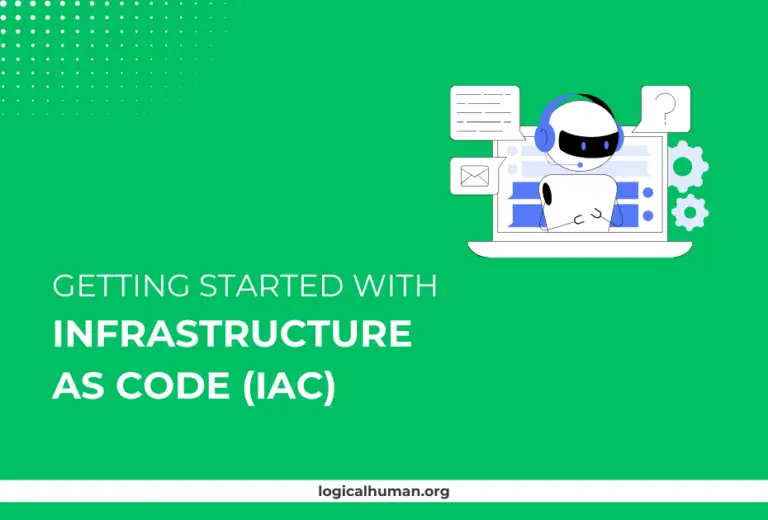In today’s fast-paced digital world, businesses are constantly seeking ways to make their applications more scalable, flexible, and efficient. Enter Microservices Architecture—a modern approach to software development that’s taken the tech industry by storm. But what exactly is microservices architecture, and why is it so crucial for cloud computing? Let’s dive in!
What is Microservices Architecture?
Microservices architecture is a method of developing software systems as a collection of small, independent services, each performing a specific function. Think of it as building a Lego structure, where each piece (or service) can be assembled, disassembled, and reassembled without affecting the rest of the system.
Key Characteristics of Microservices
- Autonomy: Each service operates independently and can be developed, deployed, and scaled without impacting others.
- Decentralized Data Management: Each service can have its own database, leading to better data management and reduced bottlenecks.
- Technology Agnostic: Services can be written in different programming languages or technologies, offering flexibility in choosing the best tool for the job.
Benefits of Using Microservices
- Scalability: Individual services can be scaled based on demand, making the entire application more robust and efficient.
- Flexibility: Developers can update or add new features to one service without touching others, reducing downtime and risk.
- Improved Productivity: Smaller, dedicated teams can focus on specific services, speeding up development and deployment cycles.
How Microservices Differ from Monolithic Architecture
Overview of Monolithic Architecture
In traditional monolithic architecture, the entire application is built as a single, unified unit. All functionalities are tightly coupled, meaning any change or update affects the whole system.
Key Differences Between Microservices and Monolithic Systems
- Scalability: Microservices scale horizontally, adding more instances of services, whereas monolithic systems require vertical scaling, which is often more costly and less efficient.
- Development Speed: Microservices allow for parallel development by different teams, whereas changes in a monolithic structure require the entire system to be retested.
- Failure Isolation: In microservices, a failure in one service doesn’t necessarily bring down the entire application, unlike in monolithic systems.
Pros and Cons of Each Approach
- Monolithic: Easier to develop initially but becomes complex and cumbersome as the application grows.
- Microservices: Offers flexibility and scalability but comes with challenges in management and orchestration.
| Aspect | Monolithic Architecture | Microservices Architecture |
|---|---|---|
| Structure | Single unified codebase | Composed of independent, small services |
| Scalability | Vertical scaling (adding more resources to a single system) | Horizontal scaling (adding more instances of individual services) |
| Deployment | Single deployment for the entire application | Independent deployment of each service |
| Development Speed | Slower as the application grows larger | Faster due to parallel development by multiple teams |
| Failure Isolation | A single point of failure can affect the whole application | Failure in one service doesn’t necessarily affect others |
Why Use Microservices in the Cloud?
Cloud computing and microservices are like peanut butter and jelly—they’re just better together! The cloud provides the perfect environment for deploying, managing, and scaling microservices.
Scalability and Flexibility
With cloud infrastructure, you can easily scale individual microservices based on demand without worrying about hardware limitations. This scalability is crucial for applications with fluctuating workloads.
Enhanced Performance and Speed
Microservices, when deployed in the cloud, can be geographically distributed, reducing latency and improving response times for users globally.
Cost Efficiency and Resource Optimization
Pay-as-you-go cloud models ensure that you only pay for the resources you use, making microservices a cost-effective solution for dynamic applications.
Core Components of Microservices Architecture
1. Service Discovery
A mechanism that enables microservices to discover and communicate with each other without hardcoding IP addresses. Tools like Eureka and Consul are commonly used for this purpose.
2. API Gateway
Acts as a single entry point for all microservices, routing client requests to the appropriate service. It also handles concerns like authentication, rate limiting, and load balancing.
3. Load Balancer
Distributes incoming traffic across multiple instances of a service, ensuring high availability and fault tolerance.
4. Service Mesh
A dedicated infrastructure layer that helps in managing service-to-service communication. Istio and Linkerd are popular service mesh tools used in cloud-native environments.
Design Principles of Microservices
Single Responsibility Principle
Each microservice should focus on a single business function or capability. This separation of concerns makes the system easier to understand, develop, and maintain.
Decentralized Data Management
Unlike monolithic systems that use a single database, microservices allow each service to manage its own database. This approach reduces the risk of bottlenecks and improves data integrity.
Autonomy and Independence of Services
Services should be loosely coupled, meaning they should interact through well-defined APIs and not share direct dependencies.
Continuous Integration and Continuous Deployment (CI/CD)
Implementing CI/CD pipelines ensures that code changes are automatically tested and deployed, reducing manual errors and speeding up the release cycle.
Challenges in Implementing Microservices
Complexity in Management and Monitoring
Managing a network of microservices can be complex, especially when it comes to tracking dependencies, performance, and failures.
Data Consistency and Transaction Management
Maintaining data consistency across services can be challenging, particularly for transactions that span multiple microservices.
Network Latency and Security Concerns
As services communicate over the network, latency and security become critical issues that need to be addressed with robust strategies like encryption and API security.
Microservices and Cloud Deployment Models
Public Cloud Deployments
Public clouds like AWS, Azure, and Google Cloud offer scalable infrastructure and services that are ideal for microservices.
Private Cloud Deployments
For organizations that require more control over their environment, private clouds provide a dedicated infrastructure while still offering the benefits of microservices architecture.
Hybrid Cloud Solutions
Combining public and private clouds, hybrid solutions offer flexibility and cost efficiency, making them suitable for complex microservices deployments.
Tools and Technologies for Microservices in the Cloud
Docker and Containerization
Docker containers package each microservice along with its dependencies, ensuring consistent environments across development, testing, and production.
Kubernetes for Orchestration
Kubernetes automates the deployment, scaling, and management of containerized applications, making it an essential tool for managing microservices in the cloud.
API Management Tools
Tools like Apigee and Kong help manage, secure, and monitor APIs, facilitating efficient communication between microservices.
Serverless Computing Options
Serverless platforms like AWS Lambda allow you to run microservices without provisioning servers, reducing operational overhead and costs.
Best Practices for Microservices in the Cloud
Proper Service Segmentation
Break down your application into logical services based on business functionality, ensuring that each service is focused and manageable.
Implementing Effective Monitoring and Logging
Use tools like Prometheus and Grafana to monitor the performance of your microservices, and implement centralized logging with tools like ELK Stack.
Secure Service Communication
Encrypt data in transit between services using protocols like TLS and implement strong authentication mechanisms like OAuth.
Managing Microservices Versioning
Version your APIs to manage changes and ensure backward compatibility. This practice allows clients to continue using older versions of the service while newer versions are rolled out
Real-world Use Cases of Microservices in Cloud
Netflix: A Pioneer in Microservices
Netflix transitioned from a monolithic architecture to microservices to improve scalability and reduce downtime, allowing them to handle millions of global users efficiently.
Amazon’s Cloud-Native Microservices Architecture
Amazon uses microservices for its vast e-commerce platform, enabling teams to deploy changes rapidly and independently.
Uber’s Microservices-based Dispatch System
Uber’s dispatch system, which connects riders and drivers, relies on microservices to handle high traffic volumes and ensure seamless communication between components.
Microservices and DevOps: A Perfect Pair
Importance of DevOps in Microservices
DevOps practices like CI/CD are crucial for managing the frequent releases and deployments typical of microservices environments.
Continuous Integration/Continuous Deployment (CI/CD)
Automating the integration and deployment process reduces human error and accelerates the delivery of new features and bug fixes.
Infrastructure as Code (IaC) in Microservices
IaC tools like Terraform and AWS CloudFormation help automate infrastructure provisioning, making it easier to manage complex microservices environments.
Security Considerations for Microservices in the Cloud
Identity and Access Management (IAM)
Implement fine-grained access control policies to ensure that only authorized services and users can access sensitive data.
Secure API Gateways
Use API gateways to enforce security policies, validate requests, and protect against threats like Distributed Denial of Service (DDoS) attacks.
Encryption and Data Protection
Encrypt data both at rest and in transit to protect sensitive information from unauthorized access and breaches.
Future Trends in Microservices and Cloud Computing
Rise of Serverless Architectures
Serverless computing is gaining popularity as it reduces the need to manage server infrastructure, allowing developers to focus on writing code.
Integration with AI and Machine Learning
Microservices can be integrated with AI and machine learning models to create intelligent, data-driven applications that adapt and learn over time.
Enhanced Tooling for Monitoring and Security
New tools and platforms are emerging to address the challenges of monitoring, security, and compliance in microservices environments.
Conclusion
Microservices architecture in the cloud is revolutionizing the way we build, deploy, and scale applications. Its ability to enhance flexibility, scalability, and resilience makes it an ideal choice for modern enterprises. However, successful implementation requires careful planning, the right tools, and a deep understanding of the principles and practices involved.
FAQs
How do microservices handle security? Security in microservices is managed through practices like API gateways, IAM policies, and encryption, ensuring that communication between services and user data is protected.
What are the main benefits of microservices architecture? Microservices architecture offers enhanced scalability, flexibility, and resilience by breaking down applications into smaller, manageable services that can be developed, deployed, and scaled independently.
How do microservices improve application scalability? Microservices allow individual services to be scaled independently based on demand, making the overall application more responsive and resource-efficient.
What are the common challenges faced in microservices implementation? Challenges include managing service communication, ensuring data consistency, and maintaining security across a distributed network of services.
Can microservices be used with traditional databases? Yes, but it is recommended to use decentralized data management where each microservice has its own database, reducing data conflicts and bottlenecks.



